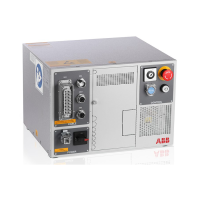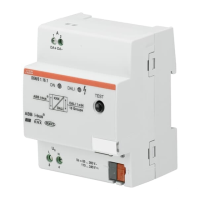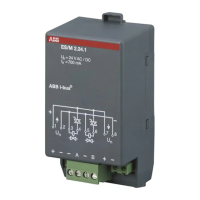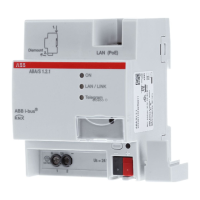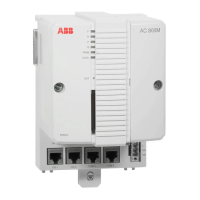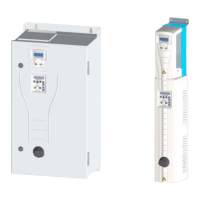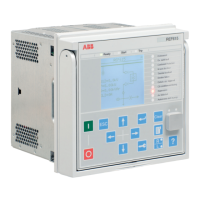2 Machine Synchronization
2.4.1. General issues when programming with the synchronization option
3HAC18154-1 Revision: F40
© Copyright 2004-2008 ABB. All rights reserved.
2.4 Programming the synchronization
2.4.1. General issues when programming with the synchronization option
Activate sensor
The sensor must be activated before it may be used for work object coordination, just like any
other mechanical unit. The usual
ActUnit instruction is used to activate the sensor and
DeactUnit is used to deactivate the sensor.
By default, the sensor is installed inactive on start. If desired, the sensor may be configured
to always be active upon start. See Mechanical unit on page 76.
Automatic connection
Only for Sensor Synchronization:
When a sensor mechanical unit is activated, it first checks the state of the encoder interface
unit to see whether the sensor was previously connected. If the encoder interface unit, via the
I/O signal c1Connected, indicates connection, then the sensor will automatically be
connected upon activation. The purpose of this feature is to automatically reconnect in case
of a power failure with power backup on the encoder interface unit.
Connection via WaitSensor instruction
Motions that are to be synchronized with the external device cannot be programmed until an
object has been connected to the sensor with a
WaitSensor instruction.
If the object is already connected with a previous
WaitSensor instruction, or if connection
was established during activation, then execution of a second
WaitSensor instruction will
cause an error.
After connection to an object with a
WaitSensor instruction the synchronized motion is
started using
SyncToSensor\On instruction.
For details about the instructions
WaitSensor and SyncToSensor\On. See General
synchronization instructions on page 72.
Programming Sensor Synchronization
In the following instructions, there are references to programming examples.
Action Info
1. Create a program with the following instructions:
ActUnit SSYNC1;
MoveL waitp, v1000, fine, tool;
WaitSensor SSYNC1;
2. Single-step the program past the WaitSensor instruc-
tion.
The instruction will return if
there is an object in the object
queue. If the is no object, the
execution will stop while
waiting for an object (i.e. a
sync signal).
3. Run the external device until a sync signal is generated
by the synchronization switch.
The program should exit the
WaitSensor and is now
“connected” to the object.
Continues on next page

